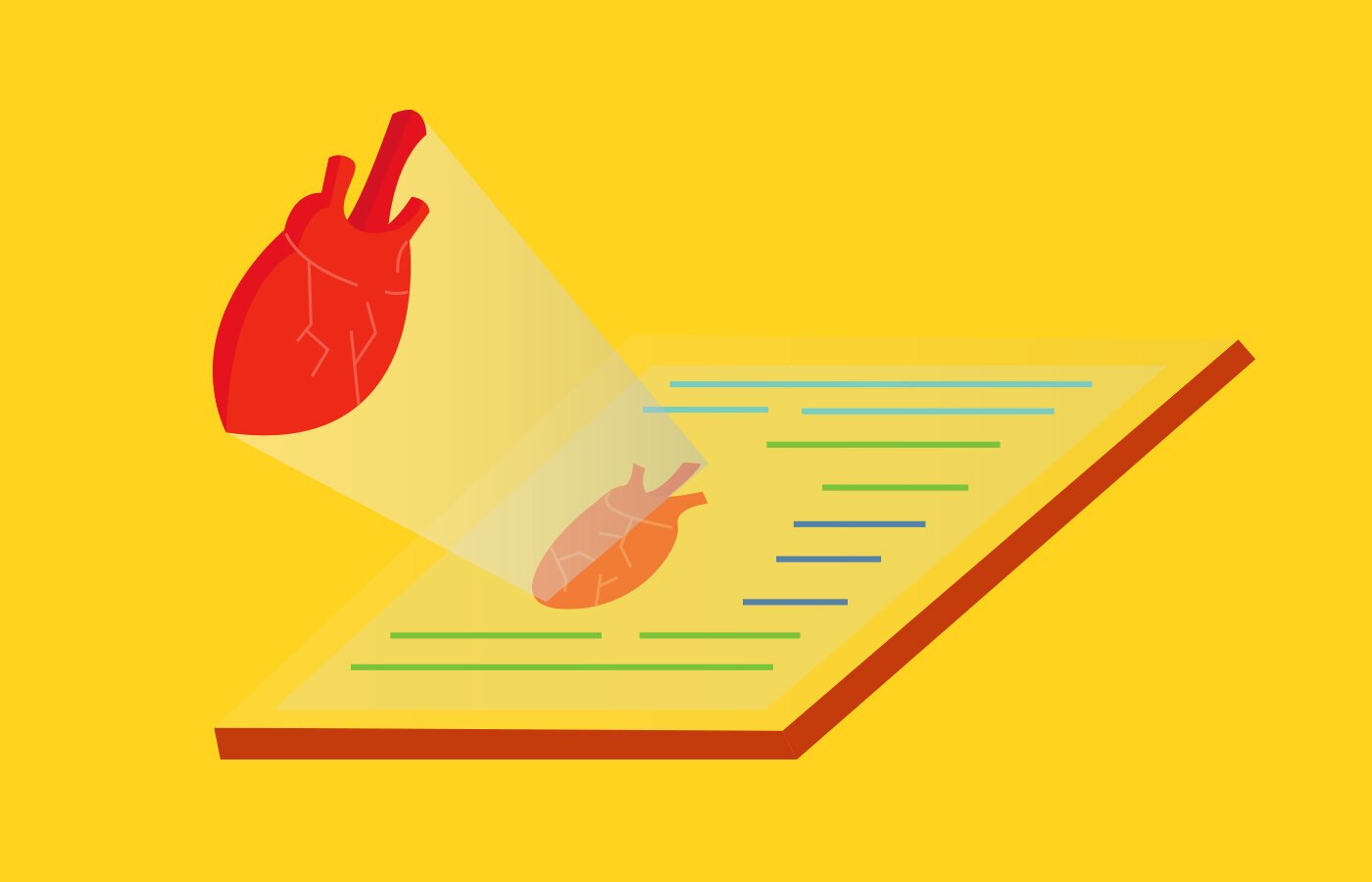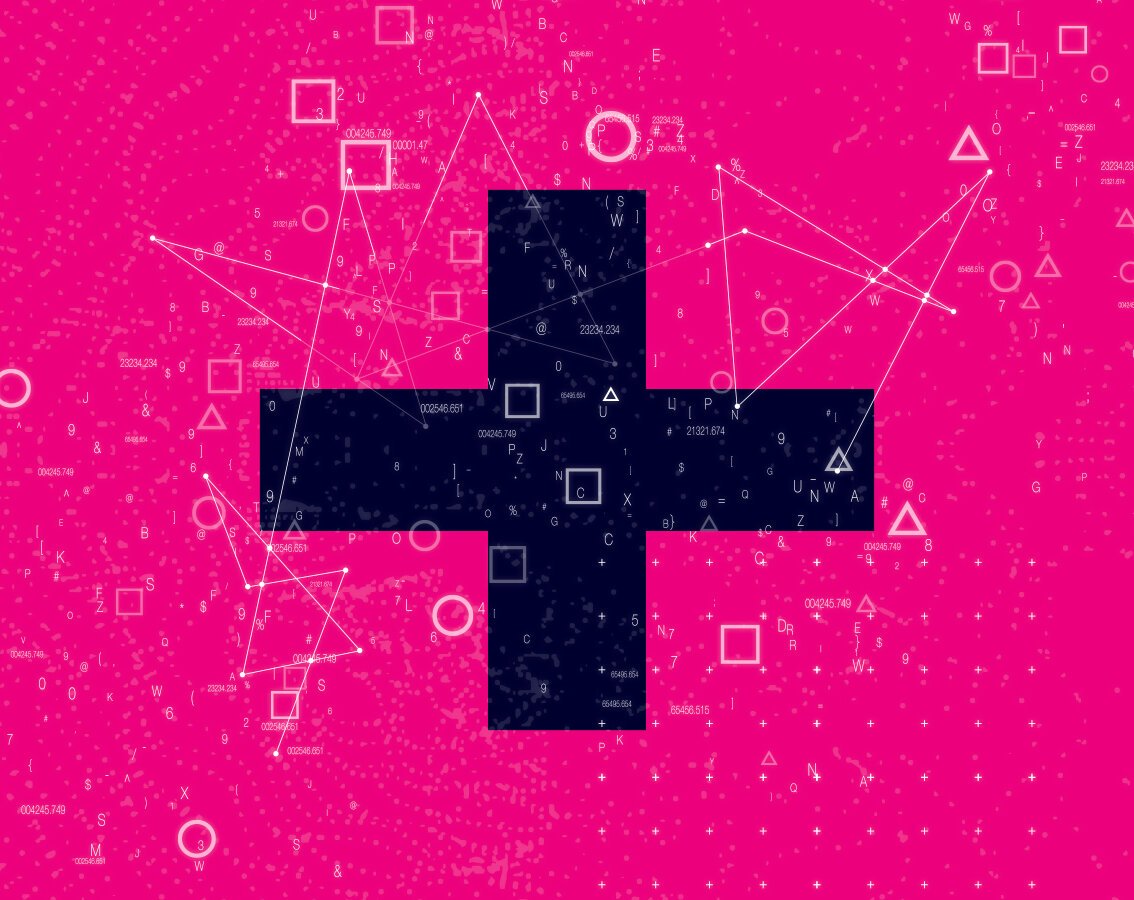blog
Revolutionizing Medtech: The Impact of IoT
By Mohan S Digital transformation Healthcare January 26, 2023

Digitalization in healthcare is playing a key role by making it more patient-centered, efficient, and data-driven.
IoT technology can be used in various ways to improve the delivery of healthcare services and increase the efficiency of medical devices. Examples include remote patient monitoring, telemedicine, and connected medical devices such as smart pills and wearable health monitors.
Explore Digital Healthcare Solutions by Buuuk
Scope of IoT in MedTech
The Internet of Things (IoT) has the potential to be highly transformative for the healthcare industry. IoT-enabled devices can be used to monitor patients remotely, providing healthcare professionals with real-time data that can be used to make more accurate diagnoses and more effective treatment plans.
Here are 3 crucial domains within the scope of medtech
Remote Patient Monitoring
Stand-alone medical monitoring devices are now rapidly becoming smart devices, uploading patient health data to the cloud. This improves patient monitoring by leaps and bounds and alerts the physicians before even the health deteriorates. This makes it possible to intervene well ahead of a health crisis. Remote patient monitoring is a great way to provide patient care for the elderly.
In remote patient monitoring, the devices are deployed at the patient's home. These devices monitor many parameters such as blood pressure, vital signs, heart rate, blood sugar, and even weight. The health data is uploaded to the cloud, which the healthcare provider can review at any time. Medication and wellness guidelines can be given based on the uploaded health data. It ensures that physicians can provide much better treatment options for chronic illnesses.
By choosing the right vendor, the healthcare provider can offer cost-effective remote monitoring services for the patient. Patients need to understand how to use the monitoring devices properly. They should learn to use technology for remote health monitoring. Smart devices can automatically upload data to the cloud, but data connectivity access must always be available.
Remote healthcare monitoring will help doctors and healthcare providers extend their services to many people. The shortage of nurses and doctors is a global crisis. In 2020, more than 5,500 healthcare jobs were opened in Singapore. The COVID-19 pandemic has helped the healthcare industry to accept digital transformation to provide remote services rapidly. According to WHO, the ratio of doctors to people is 0.4 to 1000, meaning remote monitoring is now necessary.
The benefits of remote patient monitoring are:
Reduced risk of hospital-acquired infections
Better utilisation of hospital resources
Immediate access to real-time patient data
Improved patient outcomes
Increased cost savings for patients and healthcare providers
Smart Wearables For Preventive Care
The advent of 5G is expected to propel the growth of smart wearables. Southeast Asian people are ready to accept digital technology faster than anyone else. The increasing use of smartphones among the elderly has also made it possible to distribute smart wearables. More than 37% of southeast Asians are interested in 5G and wearable devices to monitor real-time health.
New technologies make it possible to provide medical advice without a doctor. The sensors from wearable devices can send patient data to the cloud. The AI can use this data to guide the next course of action without involving a doctor. More than 55% of people are comfortable getting a diagnosis from a powerful computer that can provide real-time suggestions based on health data.
Some of the commonly used smart wearables are:
Continuous Glucose Monitoring (CGM) sensors are useful for monitoring glucose levels 24/7 for type 1 diabetes patients. The sensors provide hypoglycaemia awareness and help patients manage their insulin therapy.
Electrocardiogram (ECG) sensors – Medical grade ECG process is now available with patients wherever they go. These sensors continuously monitor heart activity and send alerts for abnormalities. These sensors can uncover hidden heart anomalies by monitoring atrial fibrillation.
Electronic skin patches – The next-generation wearable technology adheres to the skin and monitors vital signs. These devices can also be set up to deliver medications at pre-programmed times. They are also great for wound care after surgeries.
Smartwatches are now increasingly common, and new sophisticated features are added frequently. They provide heart rate, ECG, sleep, stress, and blood oxygen monitoring data that can be used to identify potential health problems.
Wearable exoskeletons – These have made dramatic improvements in the past 30 years, enabling medical rehabilitation for patients who suffered crippling injuries like spinal injuries or stroke.
Telehealth
The telehealth market in Southeast Asia is expected to grow with a CAGR of 17.6% from 2021 to 2028. People prefer contactless health platforms, as 66% of patients prefer remote health services through video calls instead of face-to-face consultations. The COVID-19 pandemic opened new doors for healthcare providers and patients regarding telehealth. Patients can get customized care at a reduced cost without going to the hospital.
Hospitals also increasingly adopted telehealth as it provides better patient care without operational costs. According to Mckinsey, telehealth utilisation has increased by 38 times. The rising adoption by patients and healthcare providers has allowed the telehealth market to grow.
Telehealth is widely used in the following spectrum:
On-demand and virtual urgent care: The Emergency Department (ED) often deals with patients who are paranoid about their health. Telehealth ensures that ED staff's time is spent on emergency needs. Patients can call in and consult with a physician on demand instead of running to an ED.
Virtual office visits: Virtual consultation is often sufficient for primary care, behavioural health, and specialty care. When no tests or deeper investigation is necessary, patients can reduce the number of trips they take to their doctor.
Near virtual office visits: Healthcare providers can provide virtual consultations and direct the patients to centres nearby for tests and vaccinations. This helps patients to reduce their travelling time and get care faster.
Virtual home health services: Evaluation, patient care education, occupational, physical, and speech therapy can also be provided virtually. Patients and caregivers can have a better experience with these virtual home health services. For direct services, an in-person visit may be necessary.
Tech-powered administration of drugs at home: Self-service tools can be given to patients to inject drugs at home instead of visiting the clinic frequently. Even if the administration requires a professional hand, the doctors can monitor virtually while a nursing assistant can deliver the drugs to the patient at home.
Key Considerations
For IoT and digital transformation in Medtech to succeed, the healthcare ecosystem should be prepared to face challenges and risks. All stakeholders must be involved in identifying pain points so that measures can be taken to address these risks cost-effectively.
Compliance With Regulations
The emerging technologies must adhere to the regulatory and compliance requirements but ensuring it is a challenge for Medtech companies. When the initial focus was on creating medical devices, players in the industry are now focusing more on developing compliance and standards requirements.
Safety And Security
The connected medical devices must be operational. It is essential to ensure the safety and security of patients using and wearing these devices. Security vulnerabilities can lead to device malfunctions, negatively affecting patient outcomes.
Privacy And Data Protection
Complex security protocols on the cloud are necessary to ensure privacy and data protection. IoT transfers the data to a large network, and manufacturers must ensure robust device and data governance.
IoT in healthcare helps to focus on patient outcomes and ensure that the service is always patient-centric. Digitisation has led to a dramatic change in handling patient health records.



